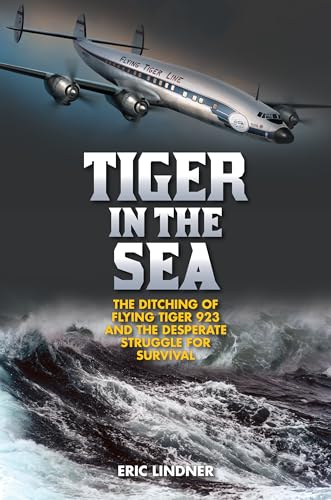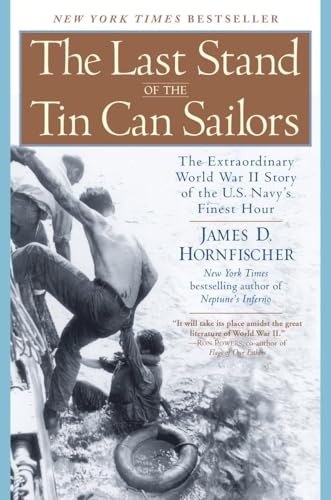If there was a museum of survival stories, the featured exhibit, without a doubt, would be Ernest Shackleton's failed Antarctic expedition of 1914-1916. No other story comes close to Shackleton's in terms of the number of obstacles overcome, the suffering endured by the people involved, and the group's stubborn determination to survive despite the longest of odds.
I'm a not newbie to the Shackleton-verse. I've read articles and a short book about it, and watched a documentary and a TV mini-series. So I hesitated before starting to read Alfred Lansing's 1959 book, "Endurance: Shackleton's Incredible Voyage," Would this just be a repeat of what I already knew?
The answer, I'm glad to report, is a resounding "No." Lansing not only covers little-known parts of the story, he tells the tale with riveting page-turning intensity. I could feel the suffering of Shackleton's men as they persisted through freezing temperatures, miserable condition and sometimes torturous physical strain.
Shackleton and 27 other British men headed to Antarctica in 1914 intending to launch the first-ever crossing of the frozen continent. They never made it. Instead, their ship, the Endurance, became trapped in ice near the Antarctic coast.
The entire crew was forced to over-winter aboard the ship through the 24-hour darkness of the Antarctic winter. When spring came, the crew hoped to be freed from it's frozen captivity, but instead the ice only squeezed harder. The Endurance was crushed and the men had to abandon her and set up camp on the floating ice.
Lansing is a top-notch writer who has done his homework. For this book, the author said he read the diaries of "virtually every expedition member who kept one." In addition, he tracked down almost all the members of the expedition still alive in the 1950s and interviewed them for "long hours, even days."
What's impressive is that, even with clearly a wealth of information available, Lansing smartly and selectively chooses the details to include. He knows that he doesn't need to include every fact in his notebook to tell a compelling story.
For six months, the men lived on the ice, their clothes and sleeping bags constantly wet, their food supplies dwindling. They hoped the currents would take their ice slab to land, but fickle winds kept them at sea. When their ice floe broke up, Shackleton and his men were forced to try to ride their three small boats through stormy seas to land — any land.
It is here where the men suffered the most. For two days, the men fought the seas with crude sails and oars, only to find they had gone 20 miles backward. They fought on for three more days — with almost no sleep and little water, their hands blistered upon the oars, their clothes thoroughly soaked with near-freezing waters. Finally, they arrived at the uninhabited and bleak Elephant Island. The men tossed themselves onto the solid ground as if they had reached Mecca.
As much as I liked this book, it has a weakness. Lansing largely fails to delineate the different men. We get to know Shackleton, of course — he's a taciturn and sometimes stubborn leader — but aside from a occasional reference to one man being lazy or another grouchy, it is hard for the reader to discern much difference between them.
Still, once you're engaged, you'll find the story compelling.
No one was going to rescue the men from Elephant Island; they needed to go for help. So Shackleton and five others took to one of the boats in a long-shot attempt to reach a whaling station on South Georgia Island.
Many other accounts of the expedition focus only on the boat trip, skipping over the plight of the men left behind on Elephant Island. But Lansing fully describes their marooned lifestyle, a mix of boredom, squalid living conditions, unrelenting cold, and helplessness as they wonder whether Shackleton's boat had made it. Lansing's description of the amputation of one of the men's toes, lost to frostbite, at their primitive camp is one of the more memorable scenes.
On board the ship Caird, Shackleton and the five others fought through high seas. Lansing's account of this trip is riveting:
Here was a patched and battered 22-foot boat, daring to sail alone across the world's most tempestuous sea, her rigging festooned with a threadbare collection of clothing and half-rotten sleeping bags. Her crew consisted of six men whose faces were black with caked soot and half-hidden by matted beards, whose bodies were dead white from constant soaking in salt water. In addition, their faces, and particularly their fingers were marked with ugly round patches of missing skin where frostbites had eaten into their flesh.
Amazingly, they made it, but they arrived on the wrong side of South Georgia Island. The only option was to climb over the rugged and enormous snowy peaks of the island. And that is exactly what Ernest Shackleton, Frank Worsley and Thomas Crean did. They nearly froze to death, and had close calls with steep cliffs and icy crevasses, but they made it to the whaling station.
The three men left on the other side of South Georgia Island were rescued quickly by boat, but the misery of those on Elephant Island would endure for several months more. The first three boats chartered by Shackleton could not reach Elephant Island due to ice or vessel problems.
Finally, on the fourth attempt, he made it — and found all the men alive. Lansing's description of the island's inhabitants, hearing of an approaching ship, then literally stumbling over each as they burst from their crude quarters, is both funny and touching.
If you like this sort of book, you might also enjoy "Alone on the Ice," a tale of a different Antarctic expedition, and "The Last Gentleman Adventurer: Coming of Age in the Arctic," a story from the other end of the globe.








